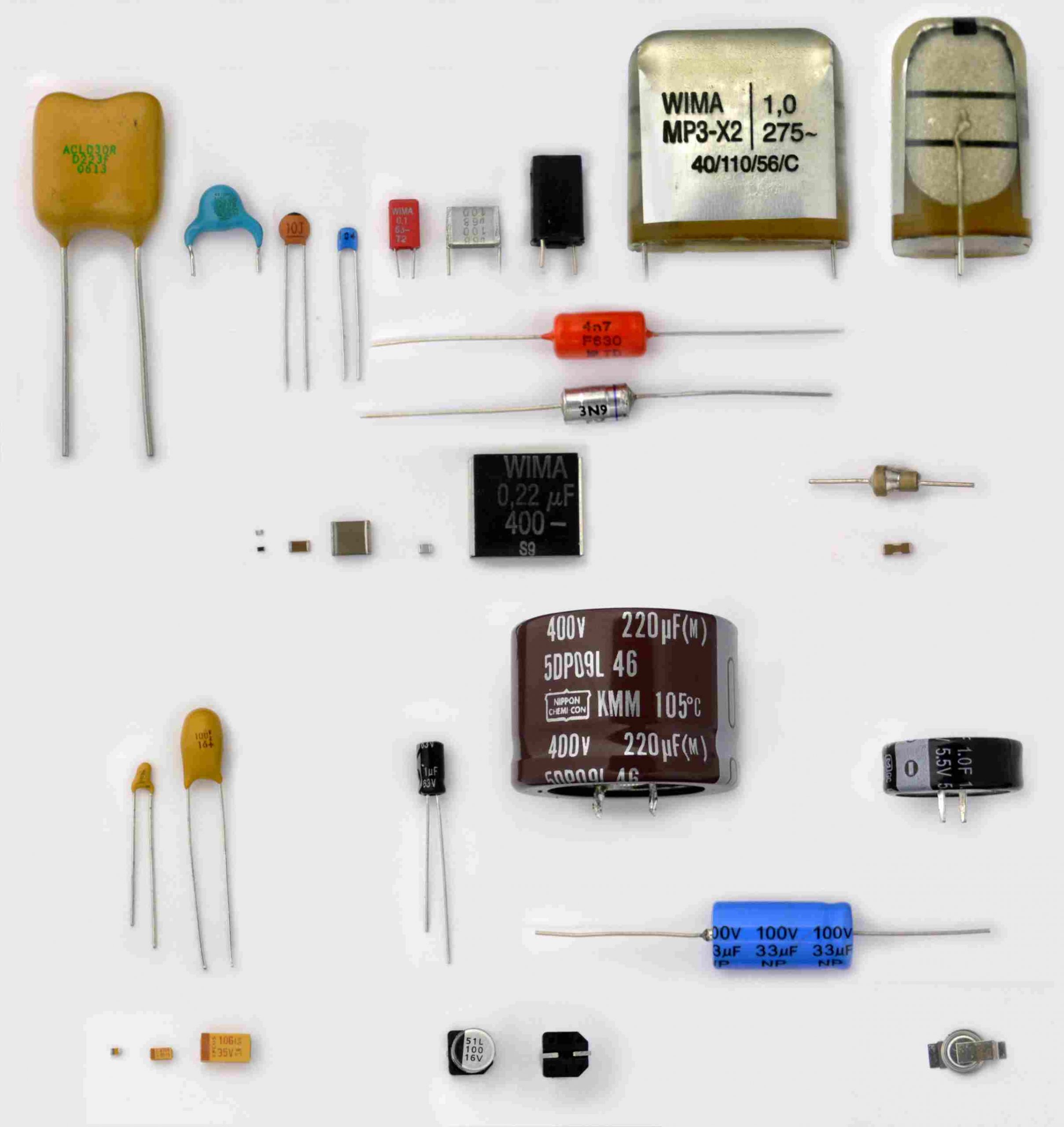In the realm of automotive engineering, turbocharging has revolutionized the performance capabilities of engines. Turbochargers, driven by exhaust gases, compress the incoming air to increase the engine's power output. However, there is a critical factor that determines the limits of this power enhancement – the maximum boost pressure. In this article, we will delve into the intricacies of turbocharging and explore the factors that influence the maximum boost for a turbo, providing you with valuable insights to optimize your engine's performance.
- The Basics of Turbocharging:
To comprehend the concept of maximum boost, it is essential to understand the fundamentals of turbocharging. A turbocharger consists of a turbine and a compressor, connected by a common shaft. The exhaust gases drive the turbine, which, in turn, spins the compressor, compressing the incoming air. This compressed air is then forced into the engine, resulting in increased power and torque. - Defining Maximum Boost:
The maximum boost refers to the highest level of pressure that a turbocharger can generate and sustain without compromising its reliability and longevity. It is typically measured in pounds per square inch (psi) or bar. Exceeding the maximum boost can lead to detrimental effects, such as excessive heat generation, increased wear and tear, and potential engine damage. - Factors Influencing Maximum Boost:
a) Turbocharger Design: The design and size of the turbocharger play a crucial role in determining the maximum boost. Larger turbochargers generally have a higher maximum boost potential due to their ability to move larger volumes of air. However, smaller turbochargers may offer quicker response times due to reduced inertia.
b) Engine Characteristics: The engine's displacement, compression ratio, and fuel type significantly impact the maximum boost. Engines with larger displacements can handle higher boost pressures, while higher compression ratios necessitate lower boost levels to prevent detonation. Additionally, turbocharging gasoline and diesel engines require different boost strategies due to their varying combustion characteristics.
c) Intercooling and Cooling Systems: Efficient intercooling systems help reduce the temperature of the compressed air before it enters the engine, allowing for denser air intake and preventing overheating. Adequate cooling systems, including oil and coolant, are vital to maintain optimal turbocharger performance and prevent thermal stress.
d) Fueling and Engine Management: The fueling system and engine management play a crucial role in controlling the maximum boost. Advanced engine management systems, such as electronic boost control, allow precise regulation of boost levels based on various parameters, ensuring optimal performance and preventing potential damage.
- Balancing Performance and Reliability:
While enthusiasts may be tempted to push the limits of maximum boost for enhanced performance, it is crucial to strike a balance between power gains and the longevity of the turbocharger and engine. Regular maintenance, including oil changes, air filter replacements, and monitoring of boost levels, is essential to ensure the turbocharger operates within its safe limits.
Conclusion:
Understanding the maximum boost for a turbocharger is vital for optimizing engine performance while maintaining reliability. Factors such as turbocharger design, engine characteristics, cooling systems, and engine management all contribute to determining the maximum boost. By considering these factors and striking a balance between performance and reliability, enthusiasts can unleash the true potential of their turbocharged engines, experiencing exhilarating power without compromising longevity.

